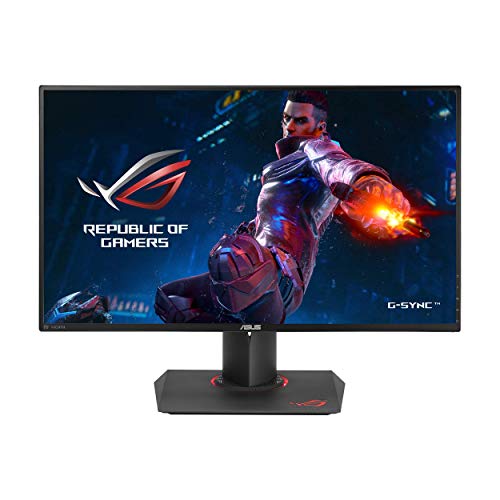Guide to Buying a 4K Gaming TV
With the invention of 4K TVs, picture quality has become brighter, more colorful and crisper. TVs are also becoming much thinner while the screens get much bigger. Now, more and more TVs are incorporating services and features that lower the need for additional devices. In this detailed guide, you will learn more about the most important things to consider when buying a 4K gaming TV.
Size and Setup
When buying a new gaming 4K TV, you should first assess the space that you have in your entertainment room. You should note that the TV screens are measured diagonally, therefore, when you see a screen labeled 70” that is the TV’s diagonal measurement. A 50-inch TV is a good bet for a medium gaming room. Thus, select the perfect size for you keeping in mind the amount that you are willing to spend.
Resolution
HD resolution or full HD 1080p was previously the typical screen resolution, but this is no longer the case. The market has moved on to embrace the 4K Ultra-HD that offers four times the pixel resolution as the 1080p HD. The larger the display pixel, the better because the TV will output crisper, clear and finer images. However, we also have 8K TVs being sold in the market, but they are mainly meant for professional use or prototype.
HDR
HDR denotes high dynamic range and is another aspect that you need to consider in a TV. This technology improves the contrast of a TV picture, and this translates to precise brightness and even finer shades of color for general vibrant images from the TV. The HDR quality varies in formats such as the HDR10 and HDR10+, Hybrid Log Gamma and Dolby Vision. Make sure that you are buying a 4K TV with the best HDR for a fantastic gaming experience.
Smart TV
Another aspect to consider is whether the TV that you intend to buy is Smart or not. The smart TVs connect directly to the internet, either via Ethernet cable or Wi-Fi and contain inbuilt streaming apps such as YouTube, HBO, and Netflix. With this ability, you can play games online without connecting your PC. Nonetheless, you should not worry about this since a majority of 4K TVs are Smart TVs.
Refresh Rate
The TV refresh rate is denoted in Hz (hertz), and it shows how many individual frames per second that the TV can display. The primary ways in which the manufacturers refer to the refresh rates are native and useful. The refresh rate of your TV will determine how smooth it displays the motion. For instance, the best refresh rate is between 60Hz and 120 Hz. Anything above 120Hz should be significantly disregarded.
Inputs
TVs possess a wide range of inputs and outputs, and you will regularly realize TVs has different ports on its side or back panels. The most important input that the TV should bear is the HDMI port as it will be used to connect to the gaming consoles and PCs. A TV that has 3 HDMI ports is good, but the one which has 4 HDMI ports is much better.
Using a Gaming Screen?
Another option for gaming PC owners would be to simply upgrade their PC display to one of the top gaming monitors for 2024 and hook up their games consoles using HDMI port. Gaming monitors are FAR Superior in term of pixel and refresh rate performance.
The last thing to check out for is whether the TV has LCD, LED, OLED or QLED technology. The LCD TVs do not produce their light and thus relies on a backlighting system, and these were used in the early years though.
The OLED displays generate their own light, and thus are much slimmer than the LED TVs and also offer much better black levels and contrast alongside a wider viewing angle.
The QLED technology mostly used by Samsung TVs corrects the blue LED color temperature to generate a purer and white light. This technology enables TV to generate deeper, broader and more accurate colors than the LCD TVs.




















